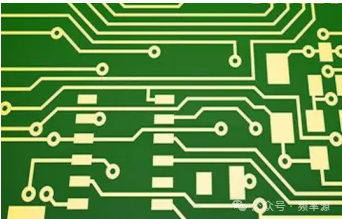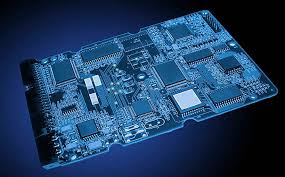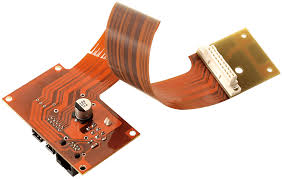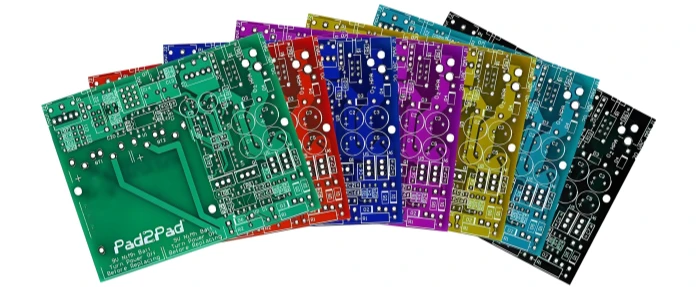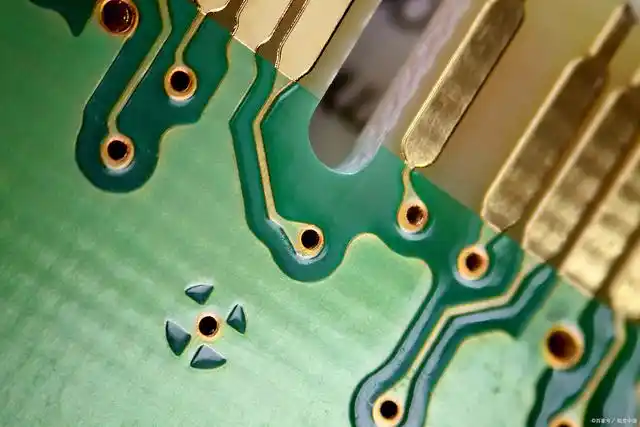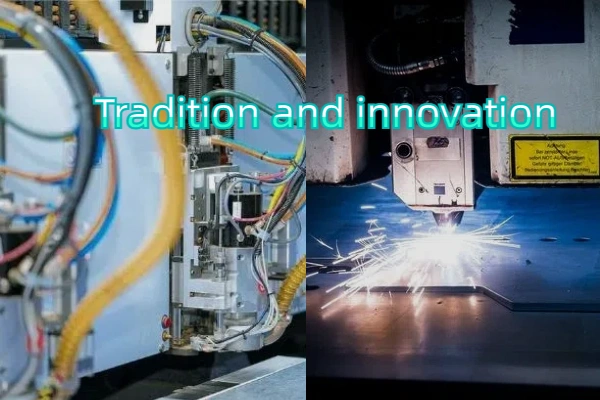Can Beginners Really Master Operational Amplifiers?

The importance of understanding operational amplifiers (op-amps) is well recognized, with some analog circuit textbooks devoting up to a third of their content to them. Yet, many people find themselves lost after reading, unsure of how to apply what they learned. Often, this is because textbooks focus too heavily on concepts and principles, leaving beginners overwhelmed. For practical purposes, we’re here to use op-amps, not manufacture them. Mastering just two common applications of op-amps is usually enough for most situations.

With advances in integrated circuits, op-amps as standalone components are becoming less common. They are often integrated within chips, requiring little attention, or replaced by CPUs in applications where they were once essential, such as in control theory. For example, the well-known PID control algorithm was once achieved through op-amps but is now typically implemented in microcontrollers. Next, we’ll introduce the two primary uses of op-amps.
Basic Theory of Operational Amplifiers
The left image shows an op-amp symbol—a triangle with five pins. V+ and V- represent the positive and negative power supplies, which can be 5V and 0V, for instance. The Un and Up inputs, along with the Uout output, make up the other pins. The right image shows the characteristic curve of an op-amp: when Up is greater than Un, the output voltage approaches the positive supply voltage, and vice versa. The output voltage, Uout = A(Up – Un) + 2.5, where A is the op-amp’s gain factor, a fixed parameter typically in the tens of thousands.

Comparator
This is the internal structure of an LM358 op-amp, which contains two op-amps.

By connecting one op-amp to a power source and ground, and inputting a sine wave via a signal generator, we can adjust Un from 0V to 5V. When Un is lower than the sine wave, the output stays high; when it’s above, the output goes low. In practical applications, the sine wave could be replaced by a sensor’s voltage.
For instance, a light-dependent resistor could be used to create a simple circuit where the output is low in light and high in darkness. This is the first common use of an op-amp: as a voltage comparator.

Amplifier
We mainly use two regions of an op-amp: the non-linear or saturation region and the narrow linear region. The latter is where the op-amp’s true potential lies, but it’s very narrow and requires a concept called negative feedback to harness it effectively. Negative feedback essentially turns an amplifier into an operational amplifier.

In the diagram, by connecting the output to Un, the Un voltage approximates Up’s voltage through continuous adjustment. Once negative feedback is introduced, we assume Up equals Un due to the high sensitivity of the op-amp. This allows us to build various circuits for operations like proportion, addition, and integration, all realizable with the op-amp.

The most common application for beginners, however, is the proportional amplifier.

Practical Use Example
Suppose RS is a small sampling resistor (10 milliohms) used to detect system current. If 1A flows through the load, RS will produce around 10mV. By amplifying this with an op-amp using specific resistor values, we can conveniently measure the current.

Summary
The two main applications of op-amps for beginners are as comparators and as proportional amplifiers.
Personal Experience:
Keep two points in mind: 1) differential gain is virtually infinite, and 2) input resistance is infinite. This simplifies op-amp applications greatly. For instance, a comparator amplifies any input difference infinitely until the output voltage matches the supply. With resistors, op-amps can perform proportional operations on any voltage. As for voltage followers, they stabilize the output at the input level. Adding diodes or resistors, or using specific networks, can create more complex functions like hysteresis and sine wave oscillators. Instead of memorizing formulas, analyze step-by-step for better understanding.
Related Posts
PCBA Prototype
April 6, 2025
PCBA Prototype
March 25, 2025




